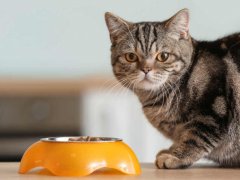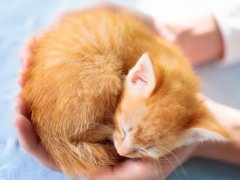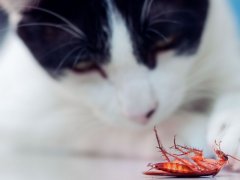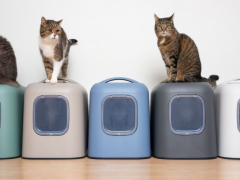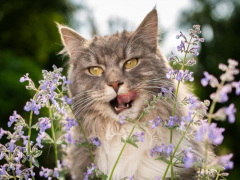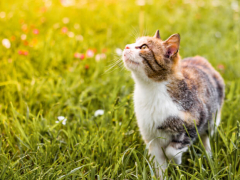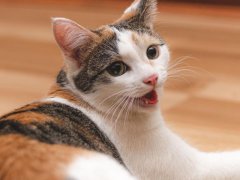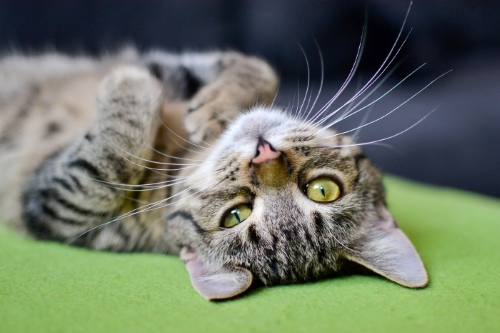
We all know that precious, soothing purring sound our feline friend makes. Surely it must be because your kitty is happy and content, right? Well, not always, actually.
What does a cat purr mean?
No one knows exactly why cats purr. We’ve come to associate purring with happiness and contentment, but this isn’t always the case. Sure, many cats purr when cuddling with their owner or basking in the sun, but cats can also purr to express stress , fear, or nervousness.
Kissing is believed to be a soothing way to calm the mind during stressful or difficult situations. For example, when visiting the vet or giving birth, kissing is considered a soothing way to calm the mind. Kissing is also crucial for the kittens’ survival in the first few days.
When do cats purr?
Kittens begin purring when they are only a few days old. This helps their mother locate them when they need food and is also a means of communication. Because kittens are born blind and deaf, they rely on the vibrations generated by the purring sounds their mothers emit. Purring guides the kittens to their mothers’ warmth and helps them nurse.
When kittens feed, they engage in a process called milk flossing. This occurs when kittens flex and flex their paws to stimulate the flow of milk from their mothers. It’s very common for kittens to purr while flossing.
What causes cats to purr?
You may have observed your adult cats purring and rubbing milk onto something soft in your home, such as a pillow or blanket. If your cat does this, you can be sure she’s happy because it reminds her of the time she was safely snuggled up next to her loving mother. This largely explains the happy side of purring.
Purr of demand
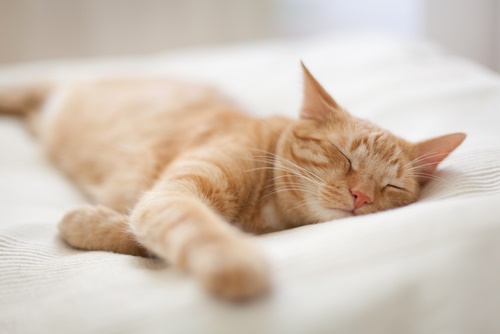
Purring is believed to be a way to calm down in stressful or difficult situations.
The solicitation purr is a combination of a purr and a meow that many adult cats use to get our attention, often when they want to be fed or perhaps cuddled. This purr combines the gentle, pleasing purr sound with a high-frequency meow to quickly grab their humans’ attention.
Begging purrs are used in a variety of situations, but as mentioned earlier, they’re most common when a cat is hungry. It’s also common for cats to use this purr to wake their owners, perhaps when they think we’ve been sleeping too long for breakfast.
This is comparable to the way babies cry for affection from their mothers, showing how well our furry friends adapt to living with humans.
How Cats Purr (Anatomy and Diagram)
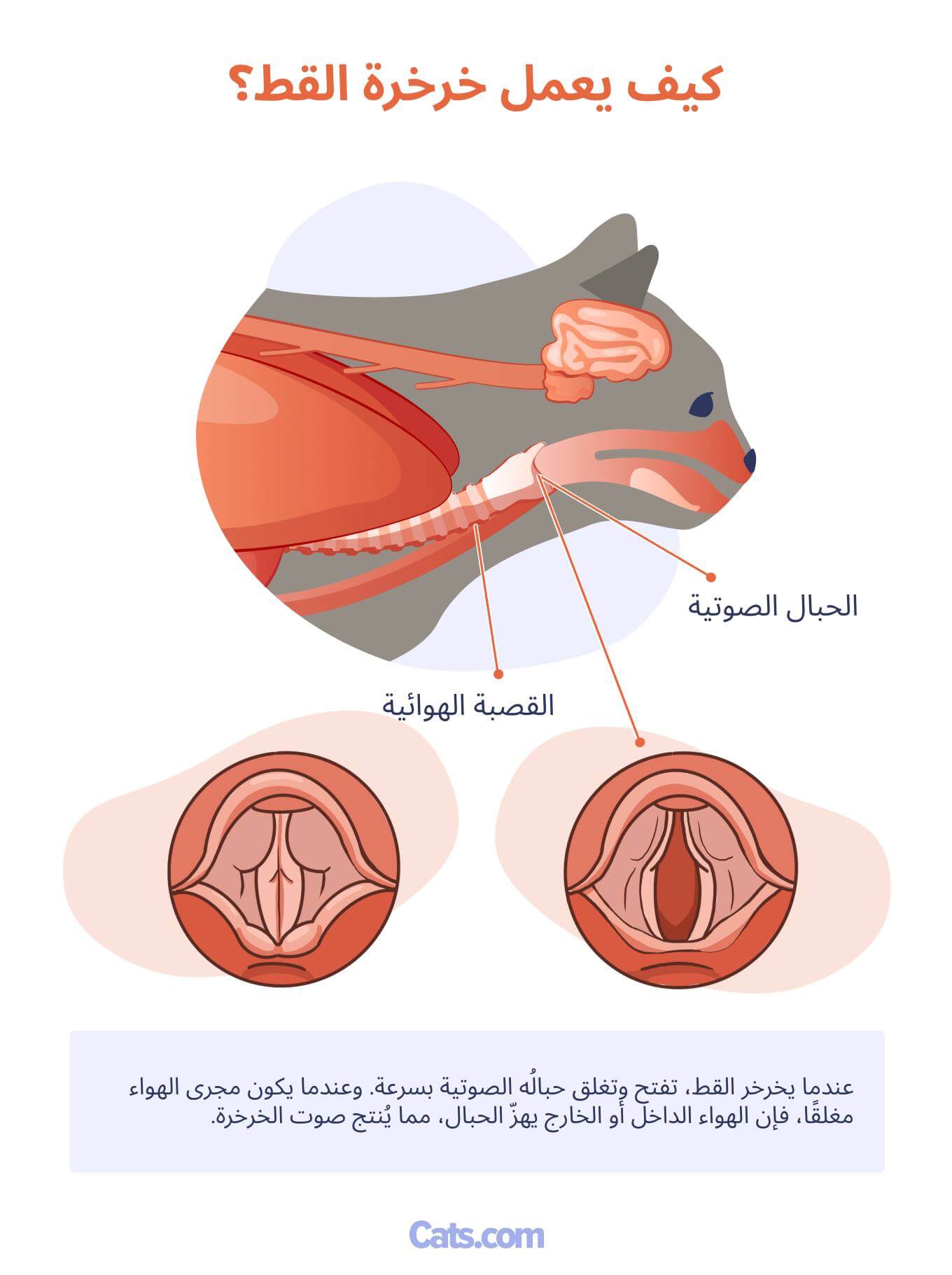
Cats purr using the larynx (the opening of the windpipe where the vocal cords are located) and diaphragm. Purring occurs during inhalation and exhalation. However, not all cats purr.
While all domestic cats and some wild cats can purr, lions, tigers, and cheetahs do not. Cats that can roar cannot purr, and cats that can roar cannot roar—that’s the general rule! This is because our domestic cats have a small bone inside their vocal cords, while wild cats have a flexible bone.
This flexible bone allows large cats to produce a loud growling sound, while the rigid bone in our domestic cats only allows the air vibrations that produce the purr.
How often do cats purr?
It’s believed that the vibrational frequency of purring, which ranges from 25 to 150 Hz, can improve bone density and aid bone and muscle healing. There are also reports that cats recover much faster than other animals that don’t purr, due to the endorphin release from purring.
This vibrational frequency is believed to be the reason cats purr when they’re in pain or sick, as endorphins reduce pain during healing. Purring can certainly help cats recover better, but it can be beneficial for us humans, too.
Health benefits of cats purring
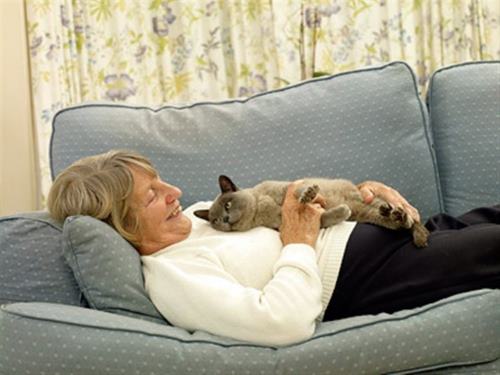
In general, pets are considered beneficial to human health, as they help promote a healthy lifestyle, relieve stress, and provide a good companion to cheer you up when you’re feeling down. But scientific evidence suggests that the purr of a cat can also be particularly beneficial to human health.
The vibration frequency emitted by purring is the same as that used in vibration therapy, which promotes tissue regeneration. This type of therapy also helps treat inflammation and swelling, as well as joint pain.
Purring vibrations can also relieve stress, as I’m sure you know if you’ve ever had a cat snuggled up to you. Reduced stress goes hand in hand with lower blood pressure and a reduced risk of heart attack (cat owners have a 40% lower risk of heart attack !).
summary
This is probably also why cats are believed to have nine lives, as they are very adept at healing themselves with their secret weapon: purring. There’s an old veterinary saying that makes perfect sense after learning all these facts about the healing powers of purring: “If you put a cat and a bunch of broken bones in the same room, the bones will heal.”
Now we know that a cat’s purr is complex and powerful, but it’s no less comforting and relaxing. Purring brings comfort and releases endorphins in both cats and the humans around them. We’re lucky to be able to be part of the sweet, affectionate purring benefits our beloved furry friends offer us!
About the author

Matilda Regnier is a blogger, photographer, and animal lover. She owns the Instagram accounts meowthilda and imhorngry_ , a token of her passion for cats, photography, and veganism.
-
http://www.bbc.com/future/story/20180724-the-complicated-truth-about-a-cats-purr
-
https://asa.scitation.org/doi/10.1121/1.4777098
